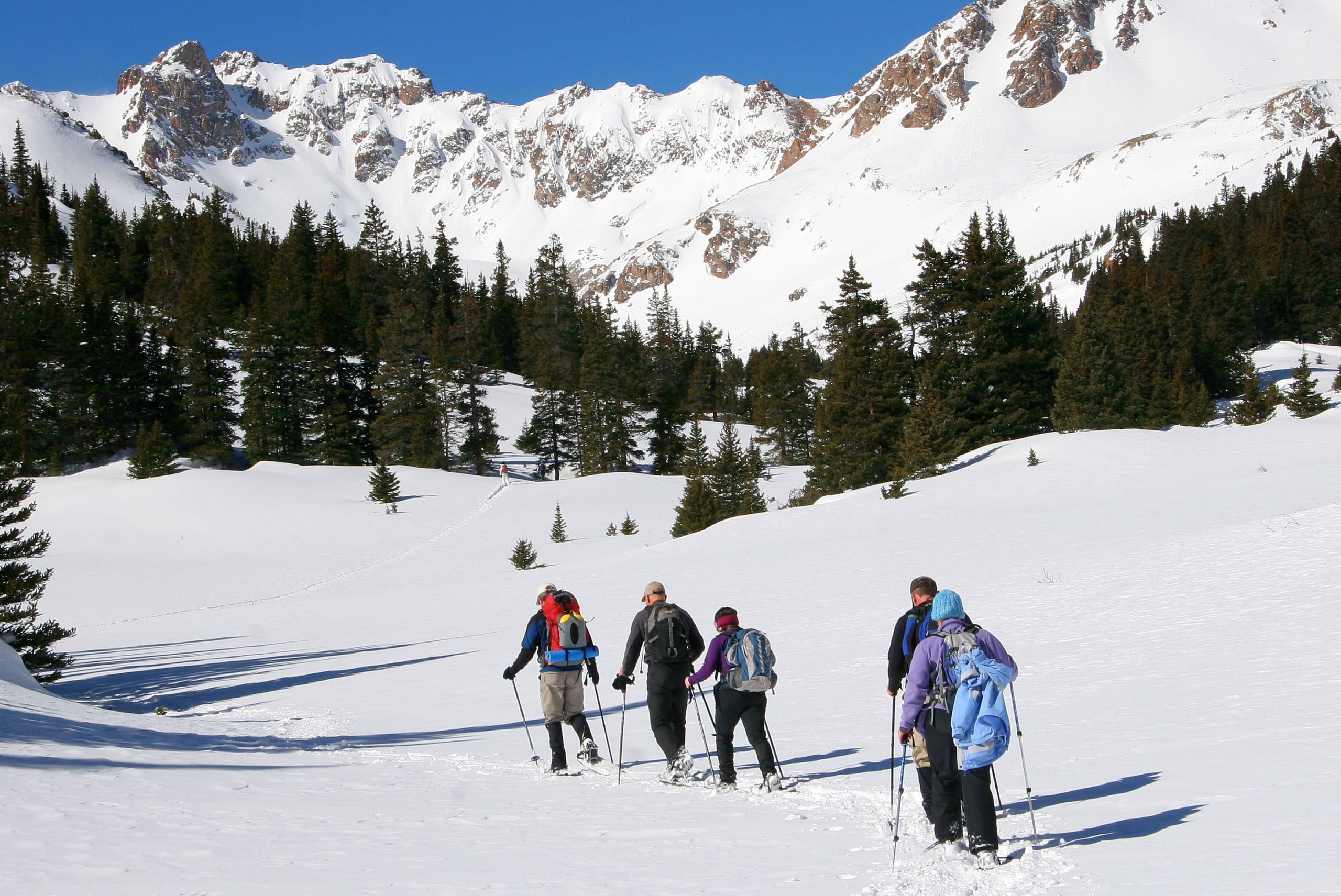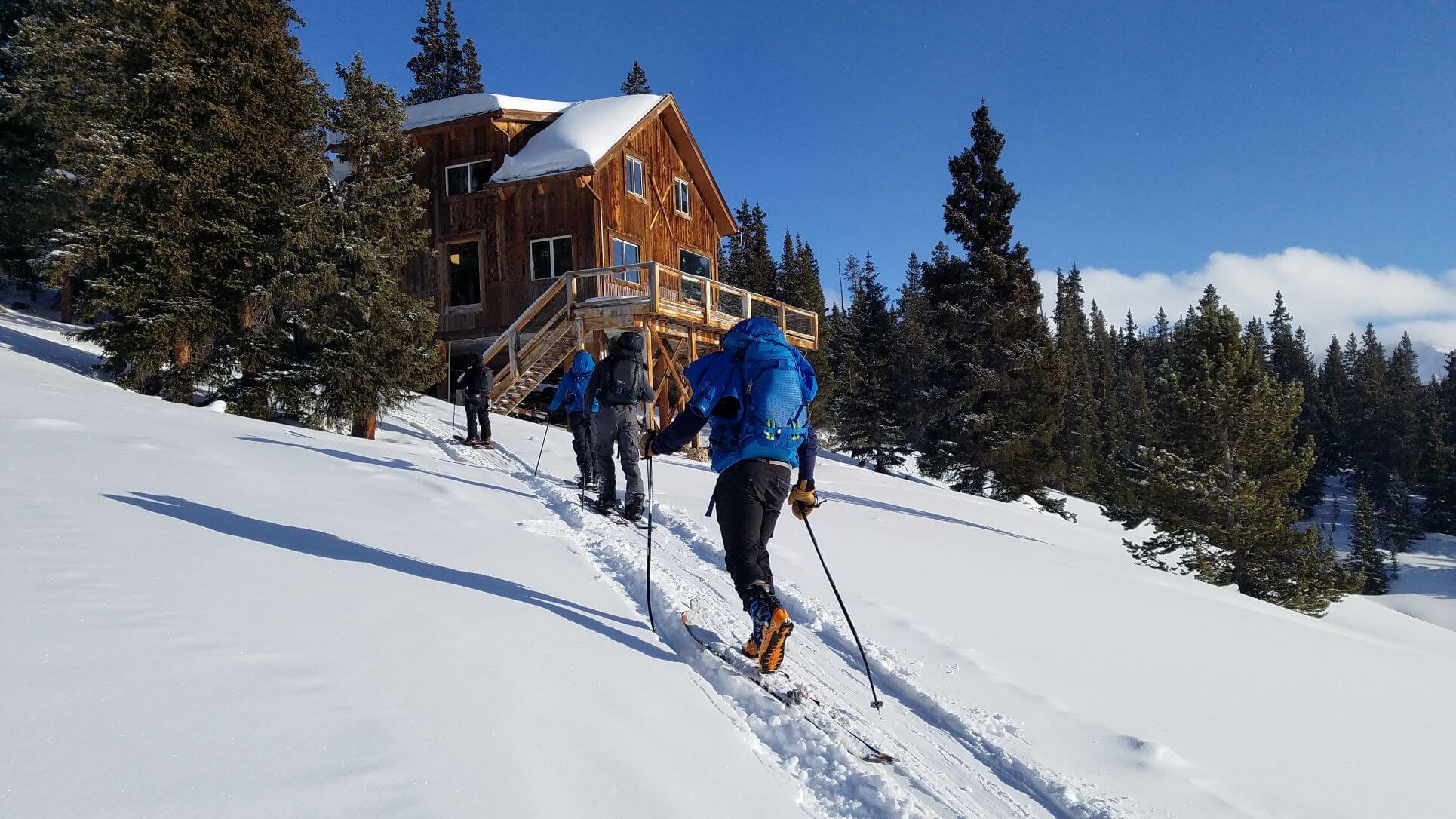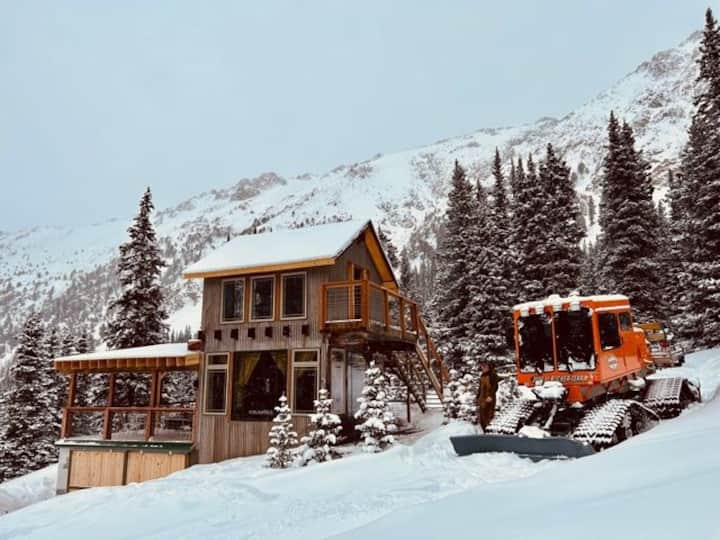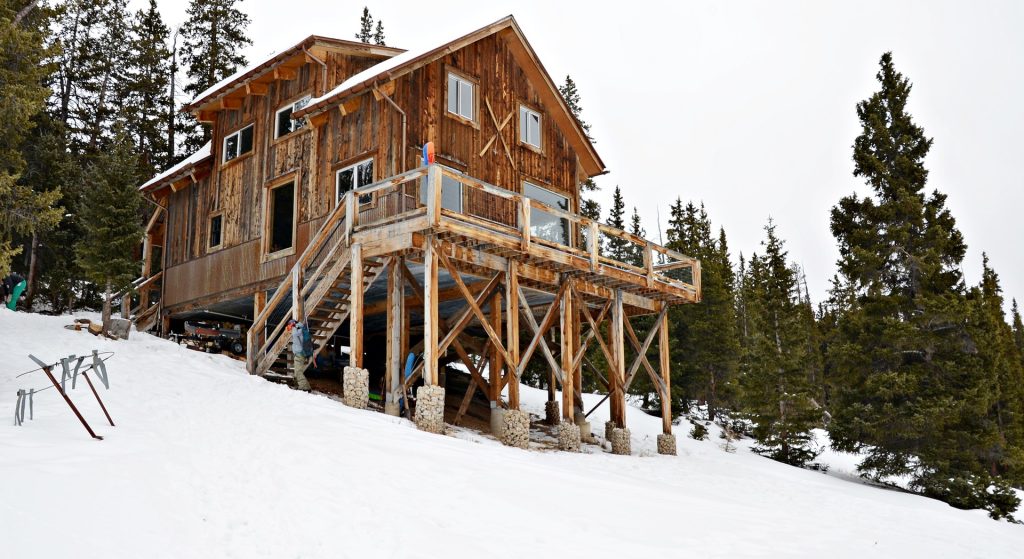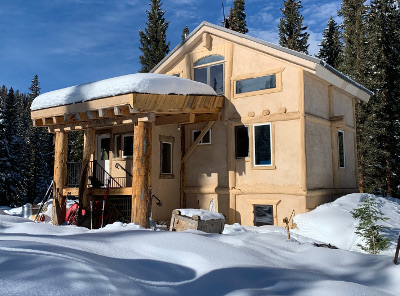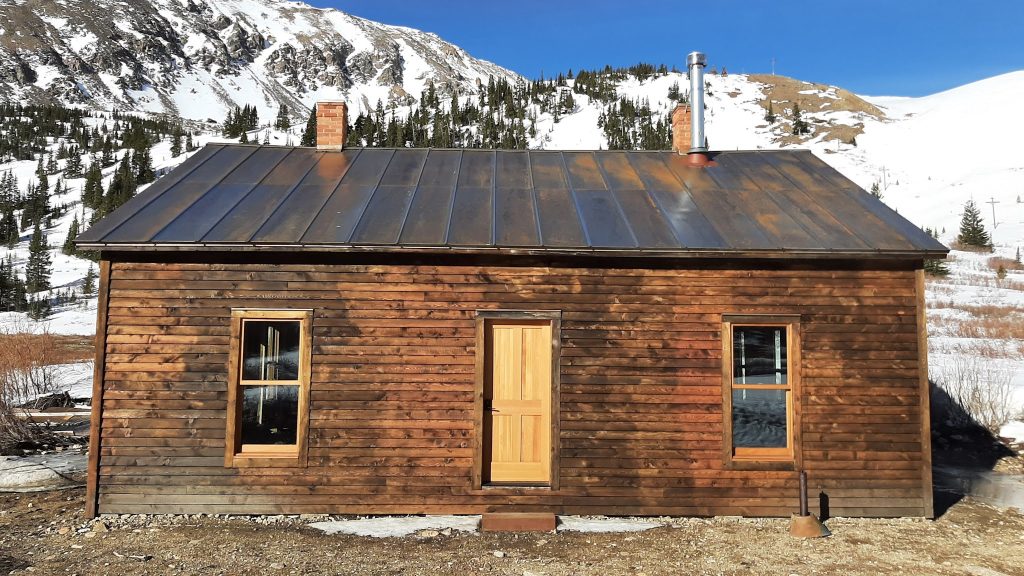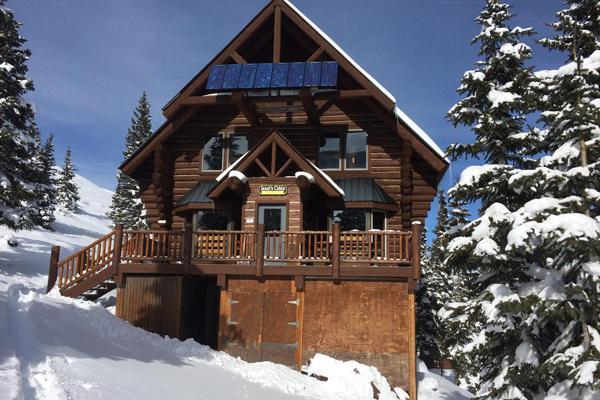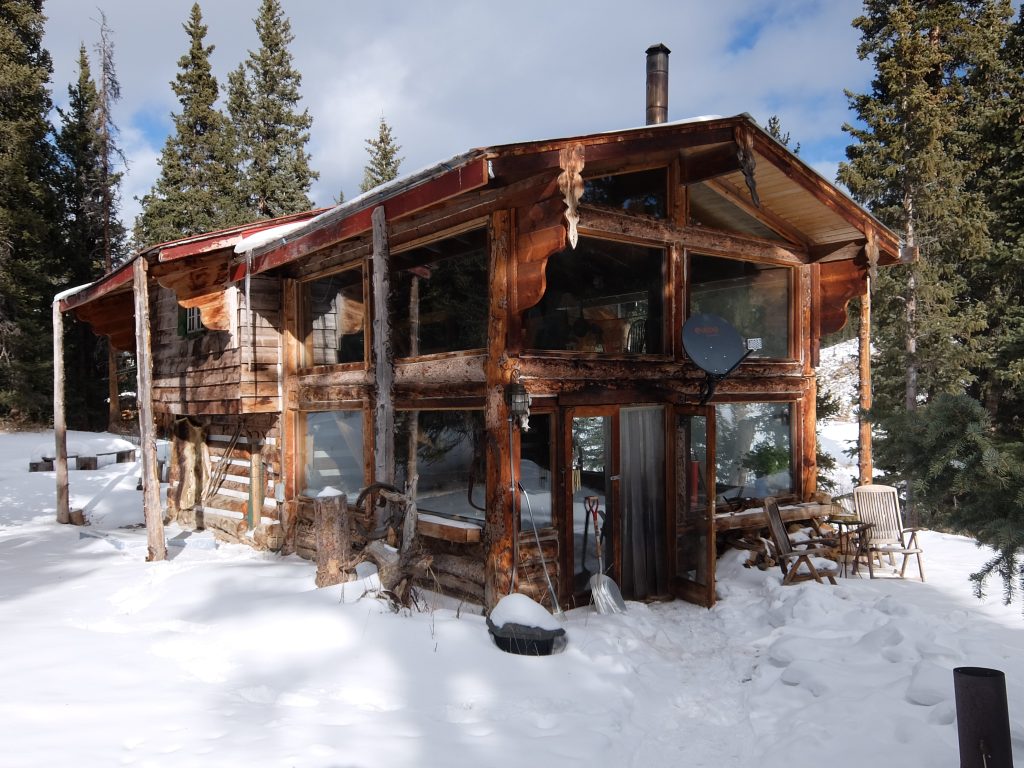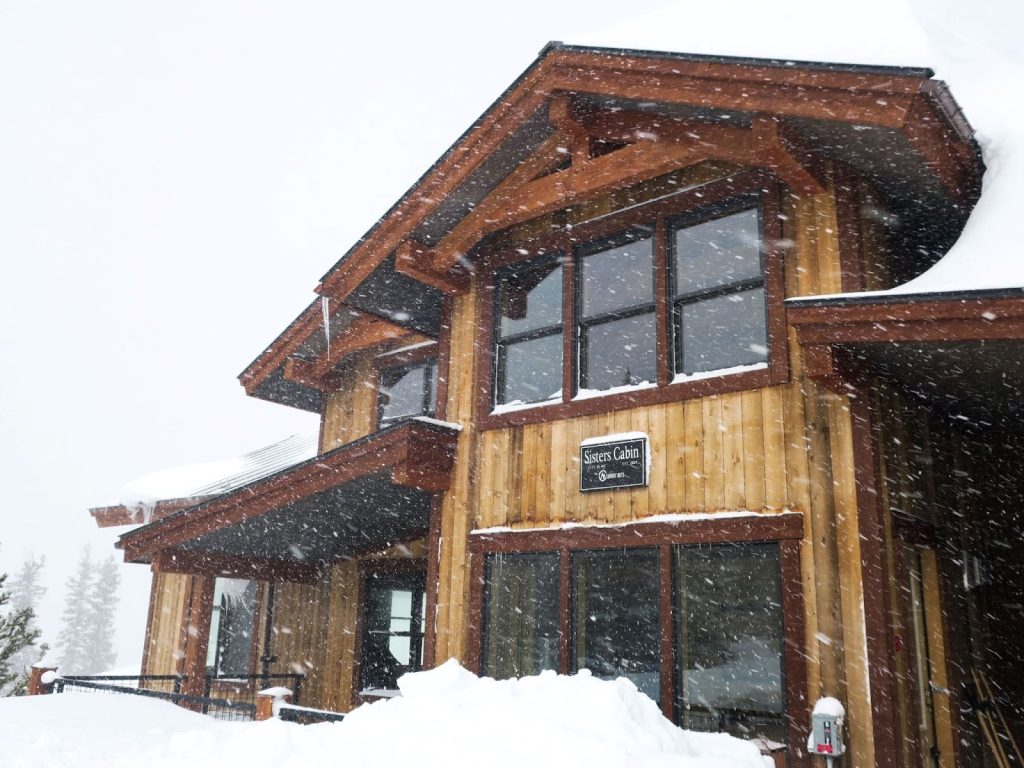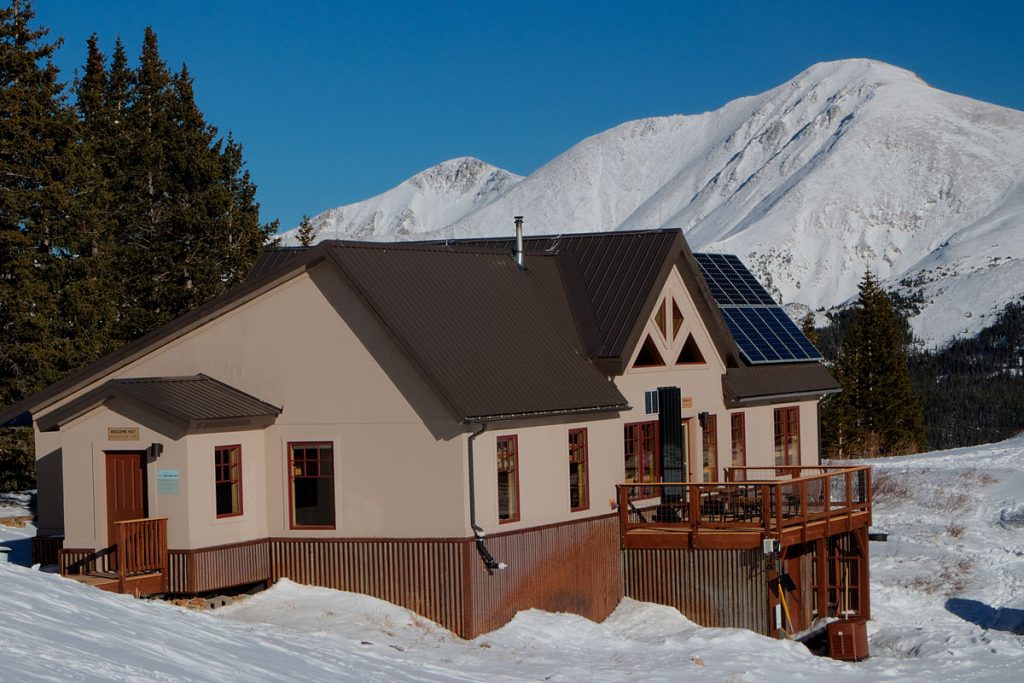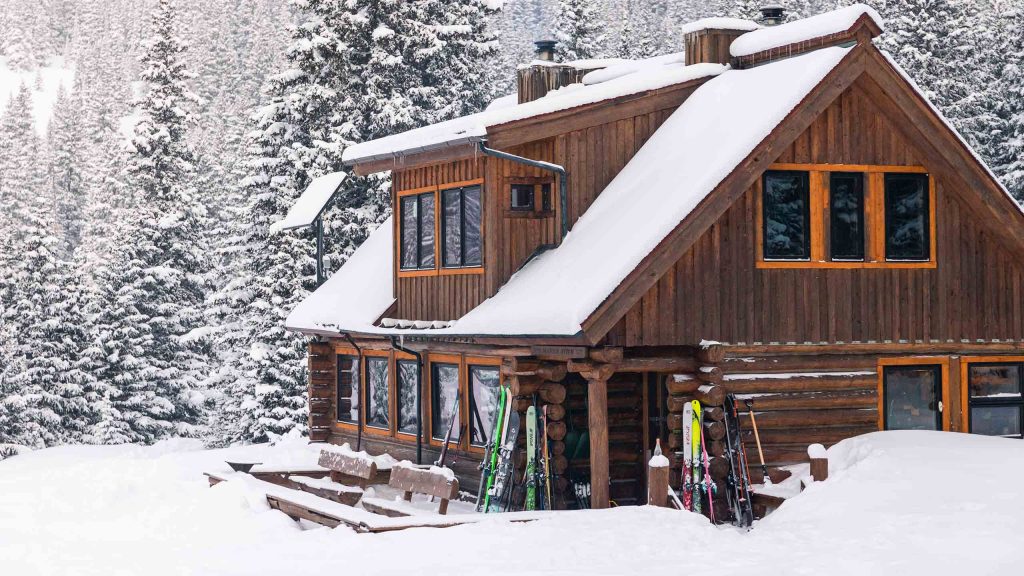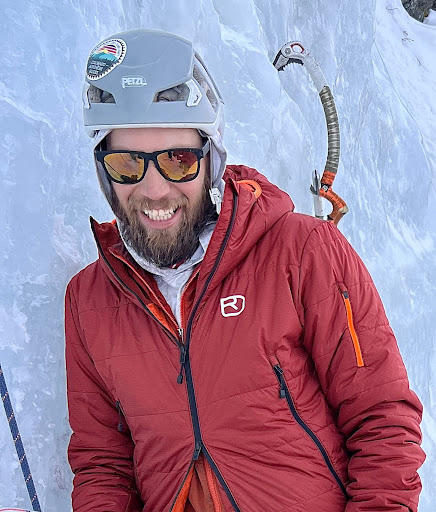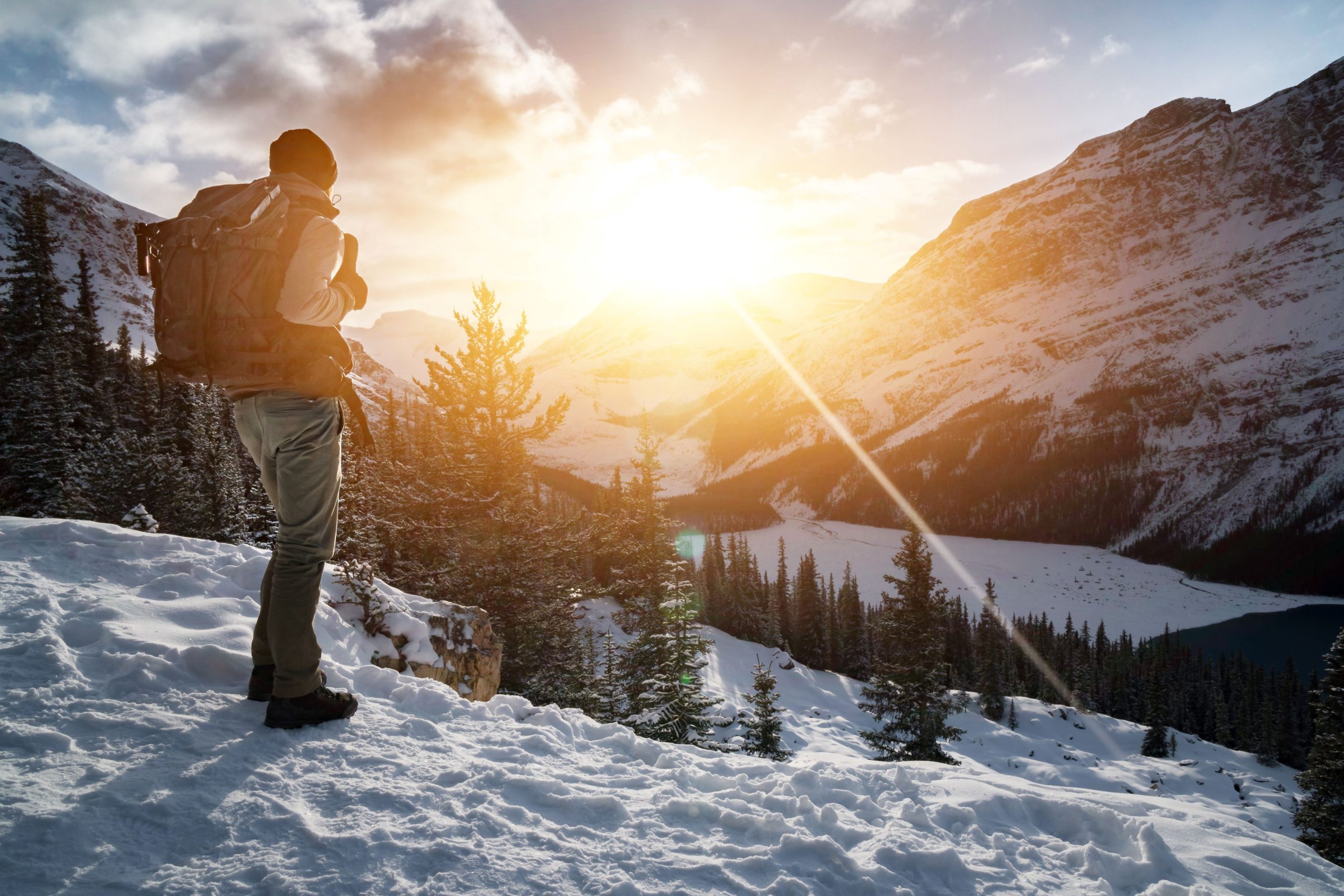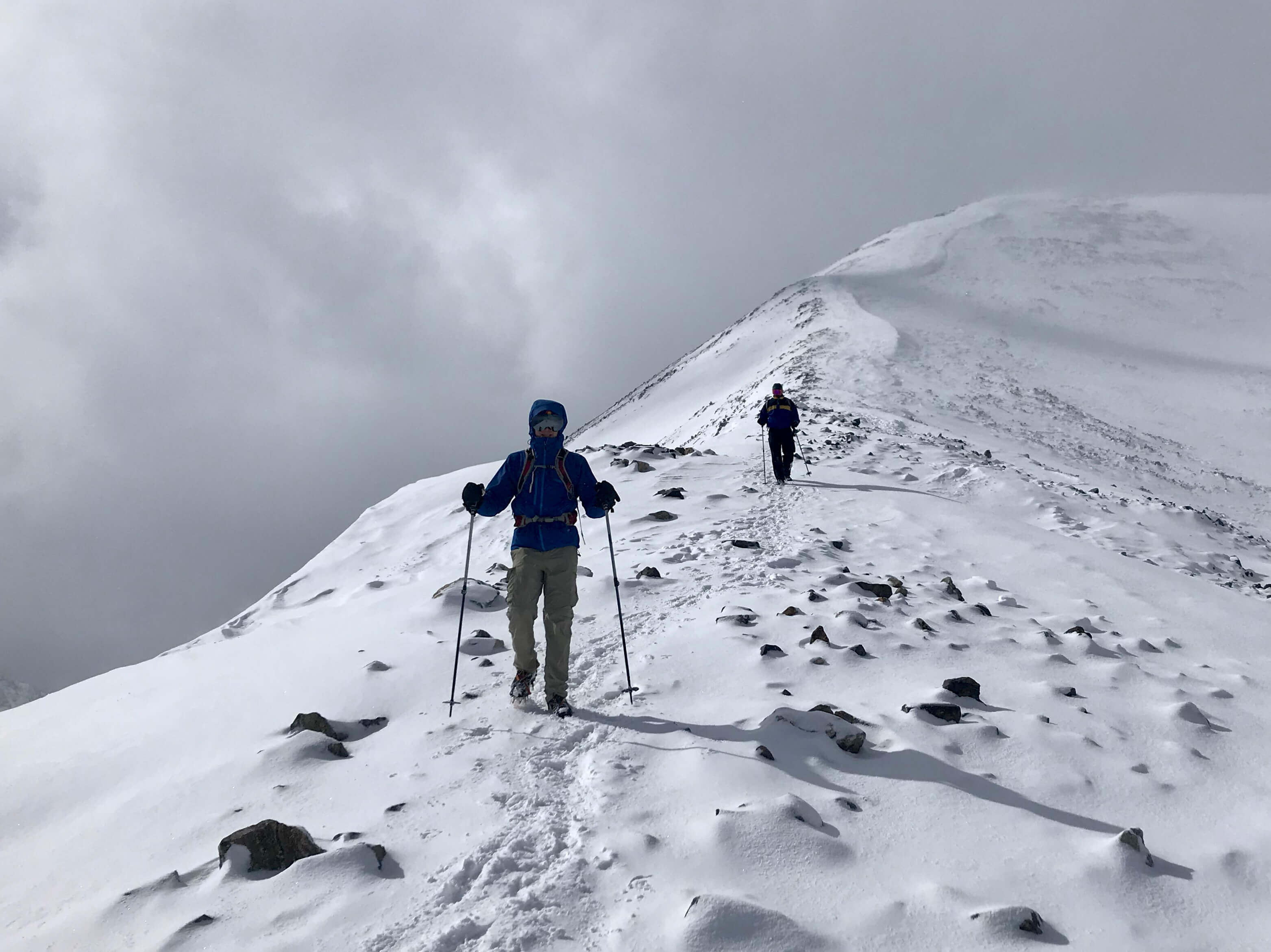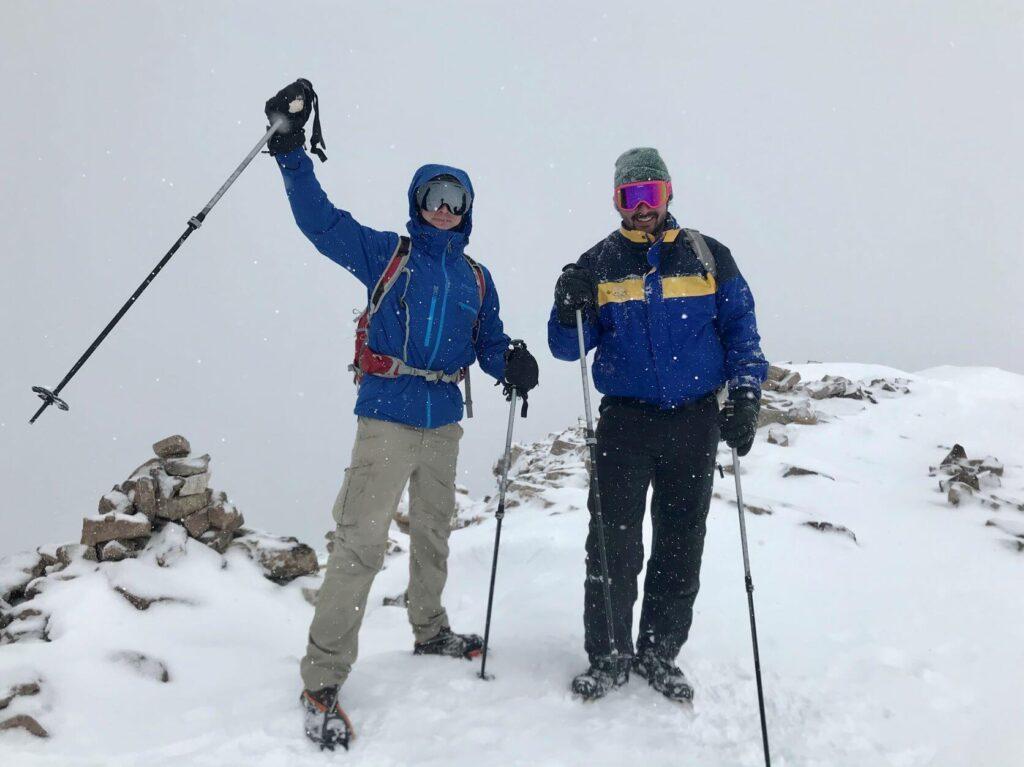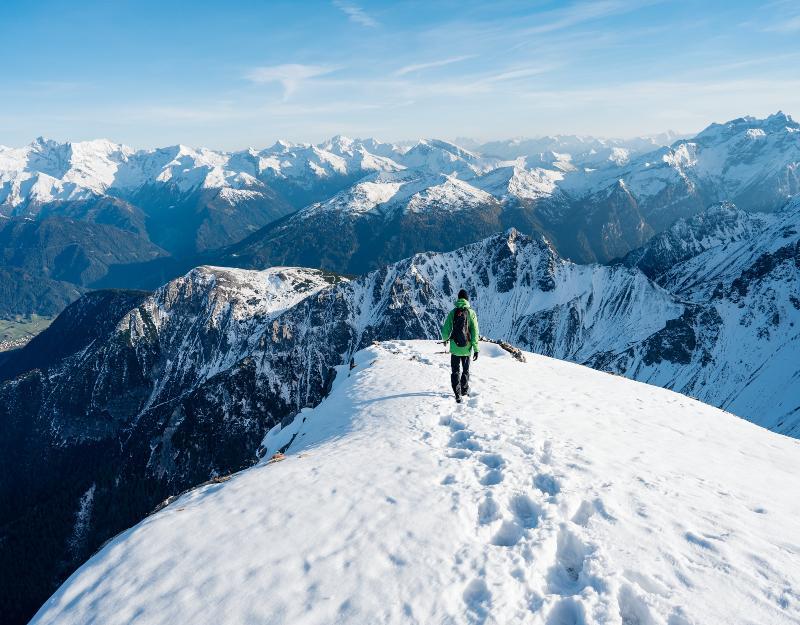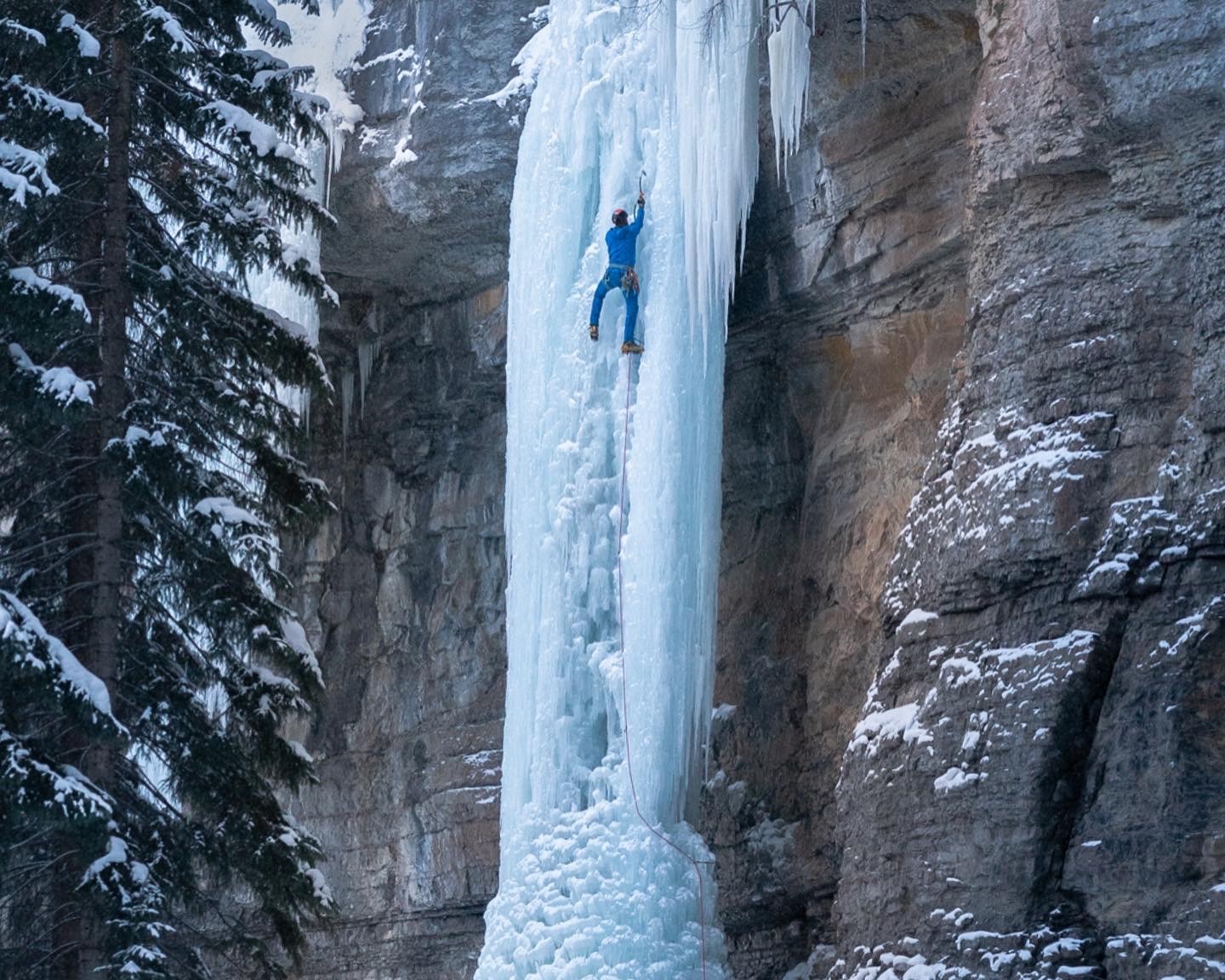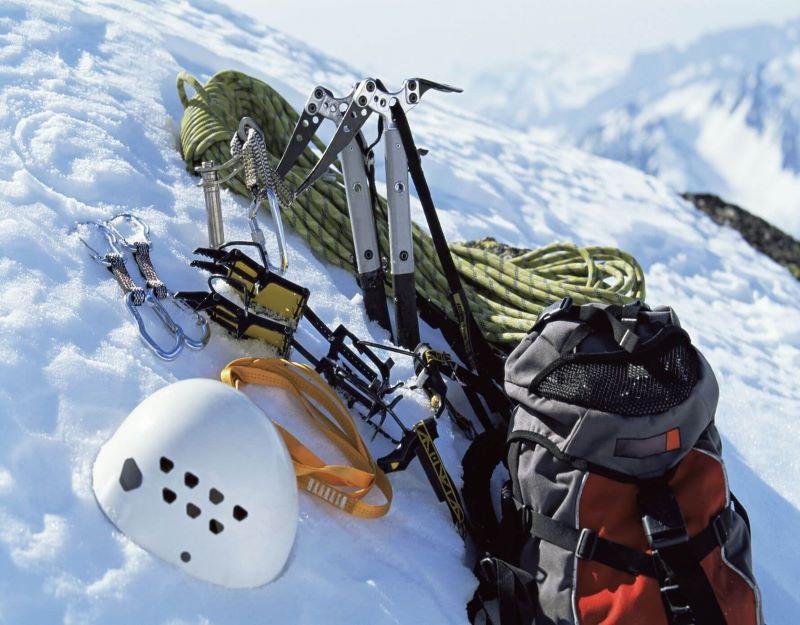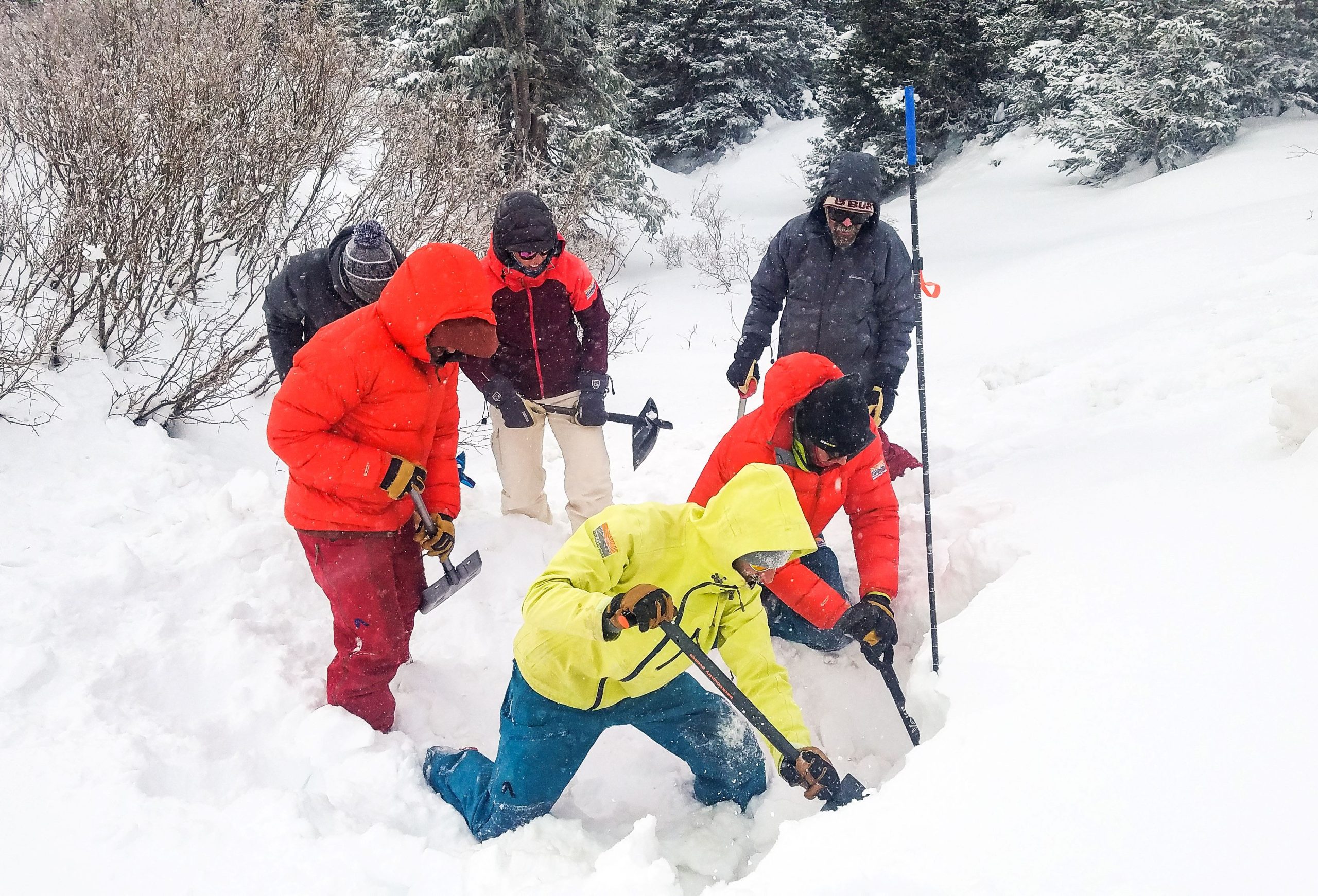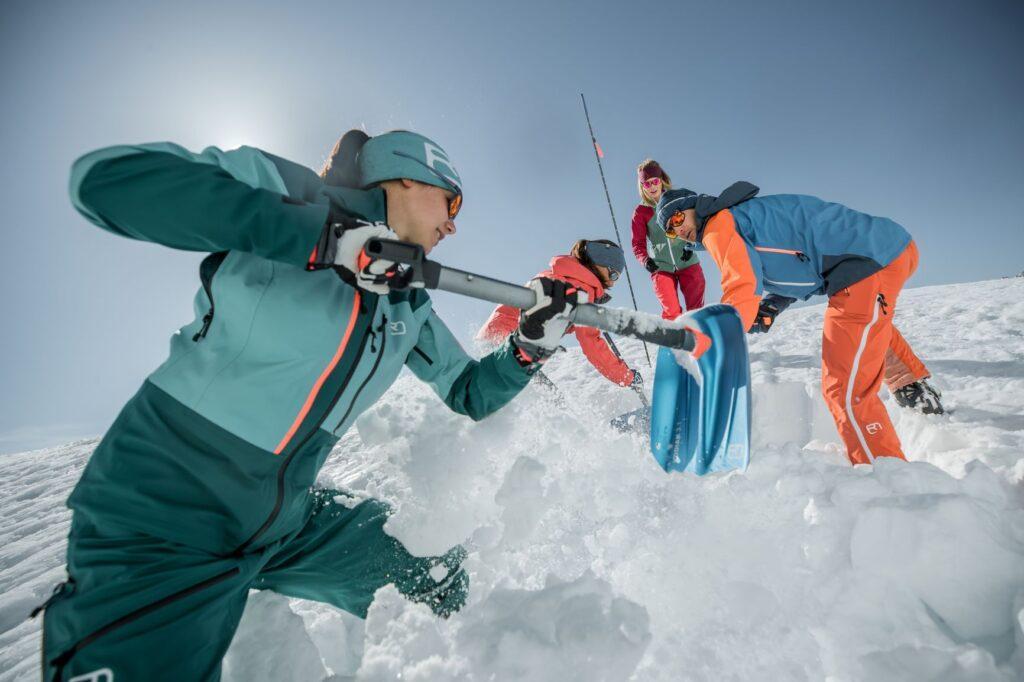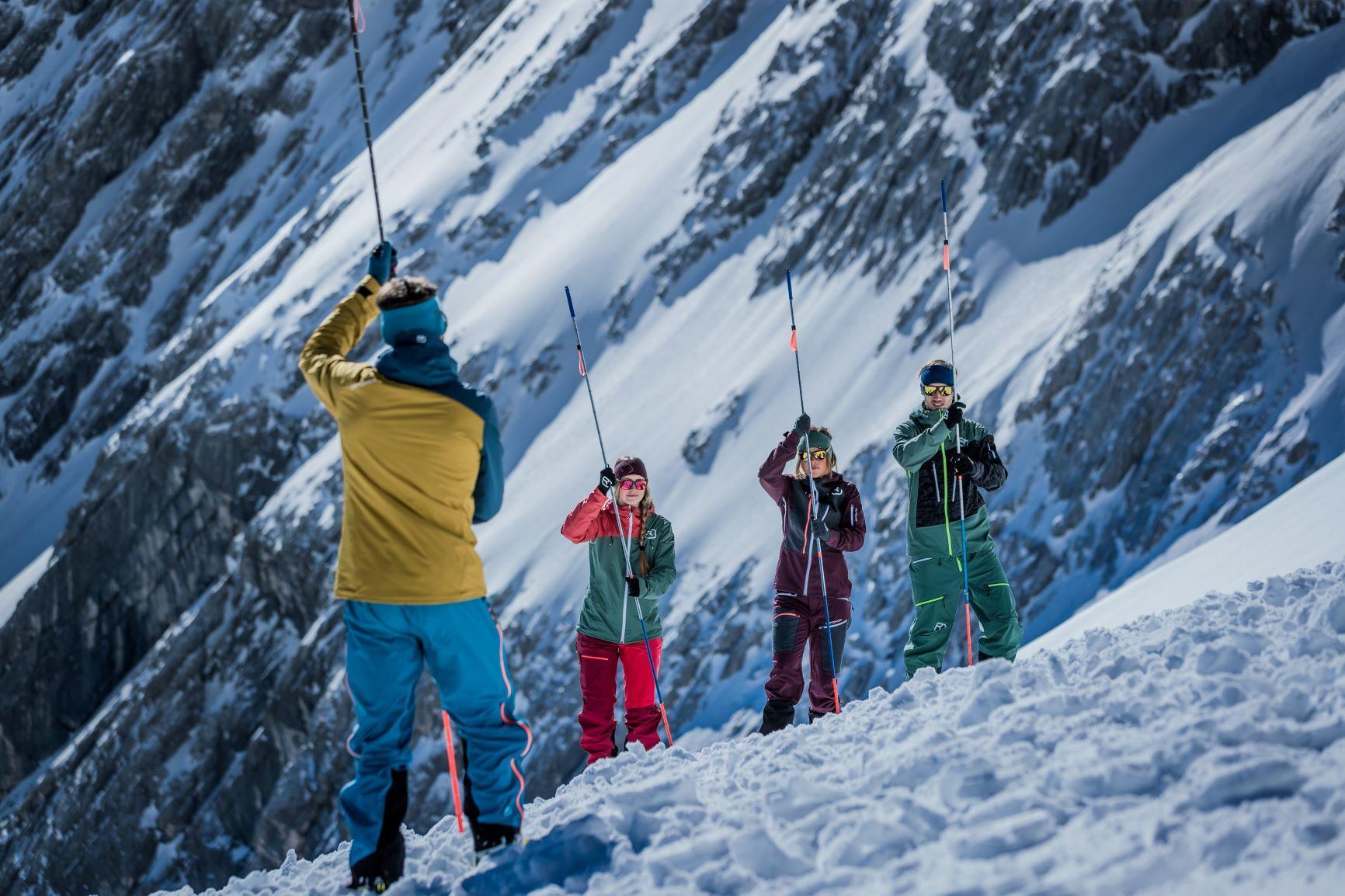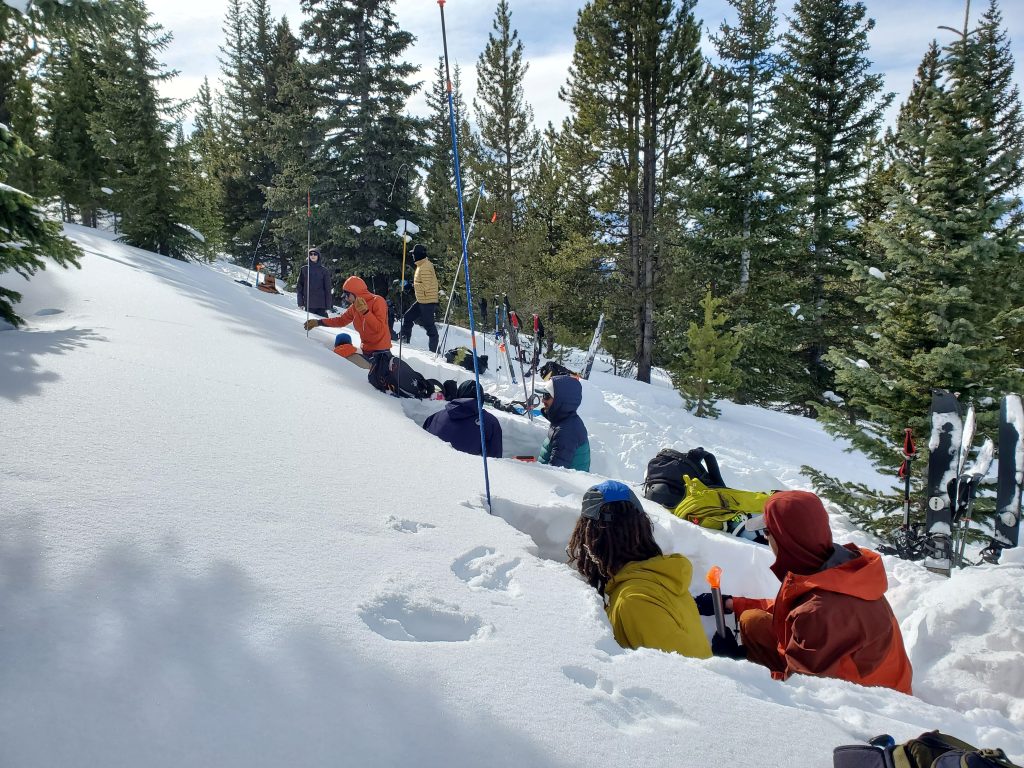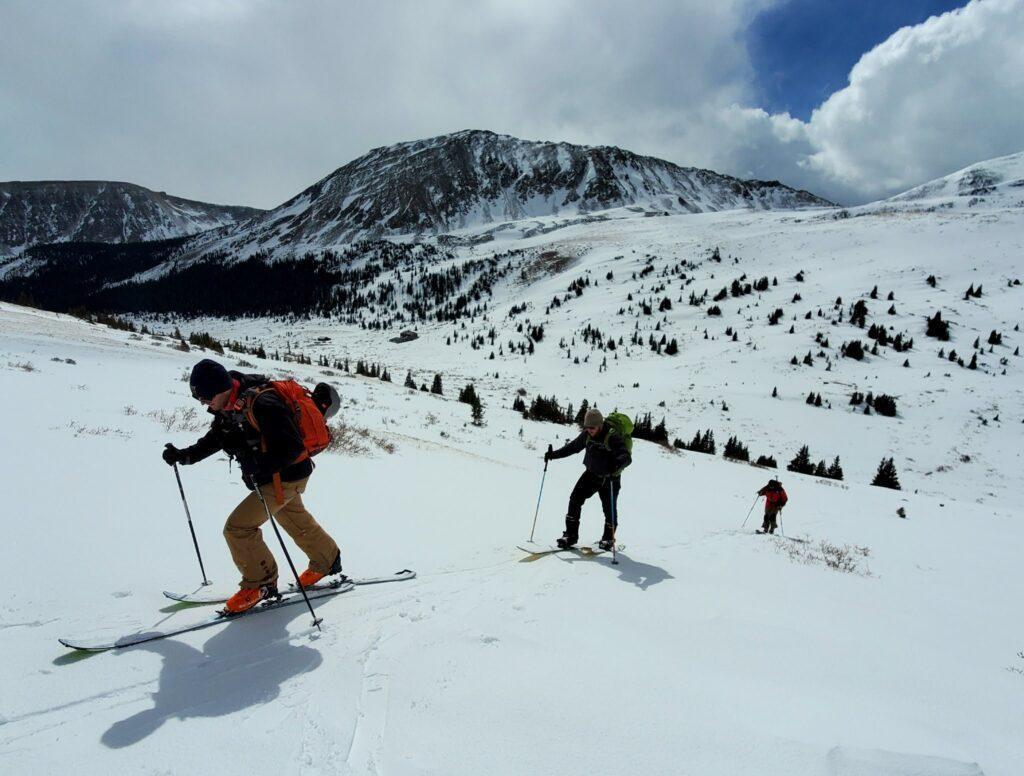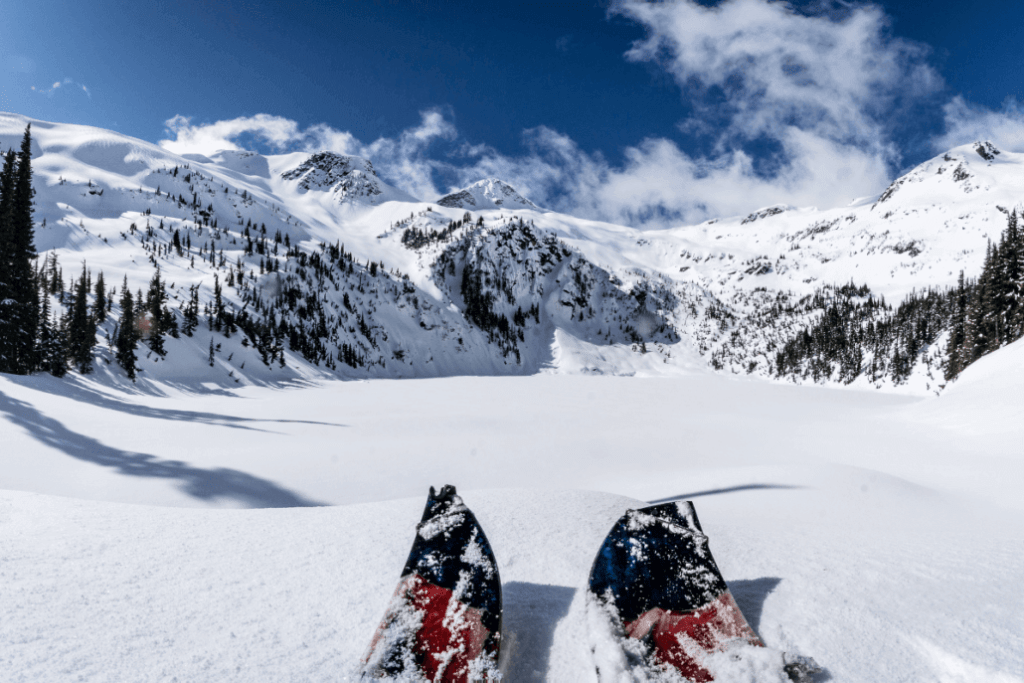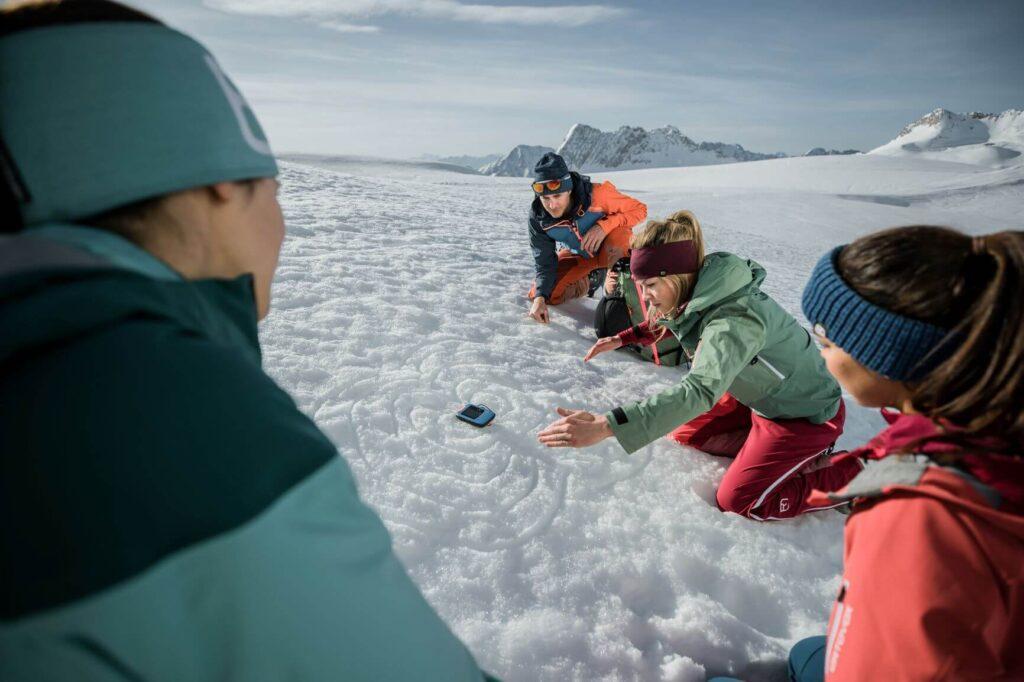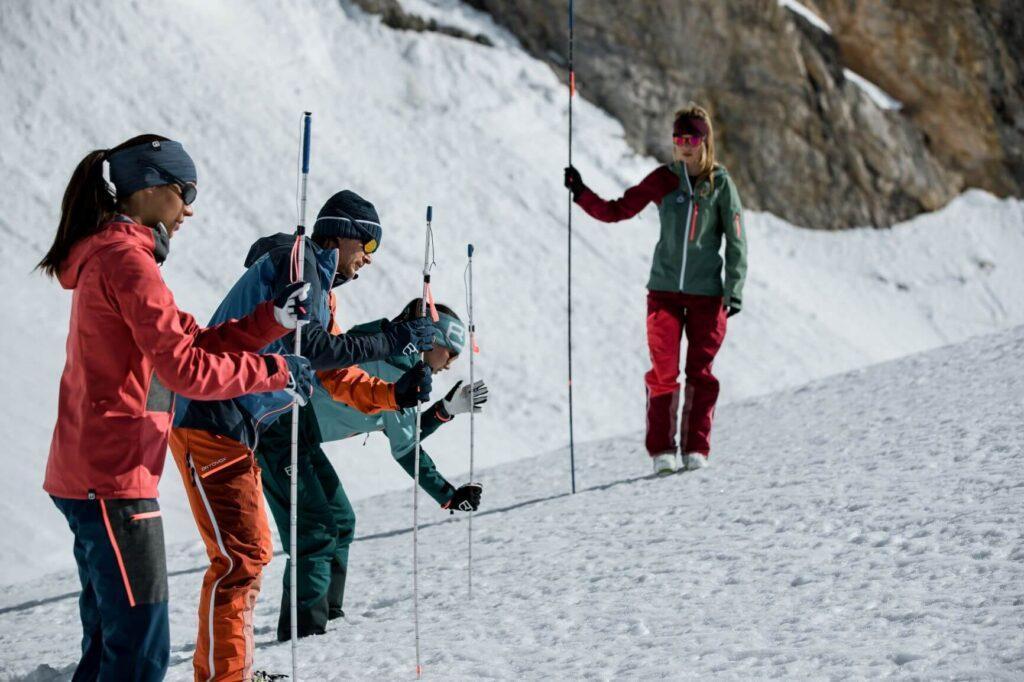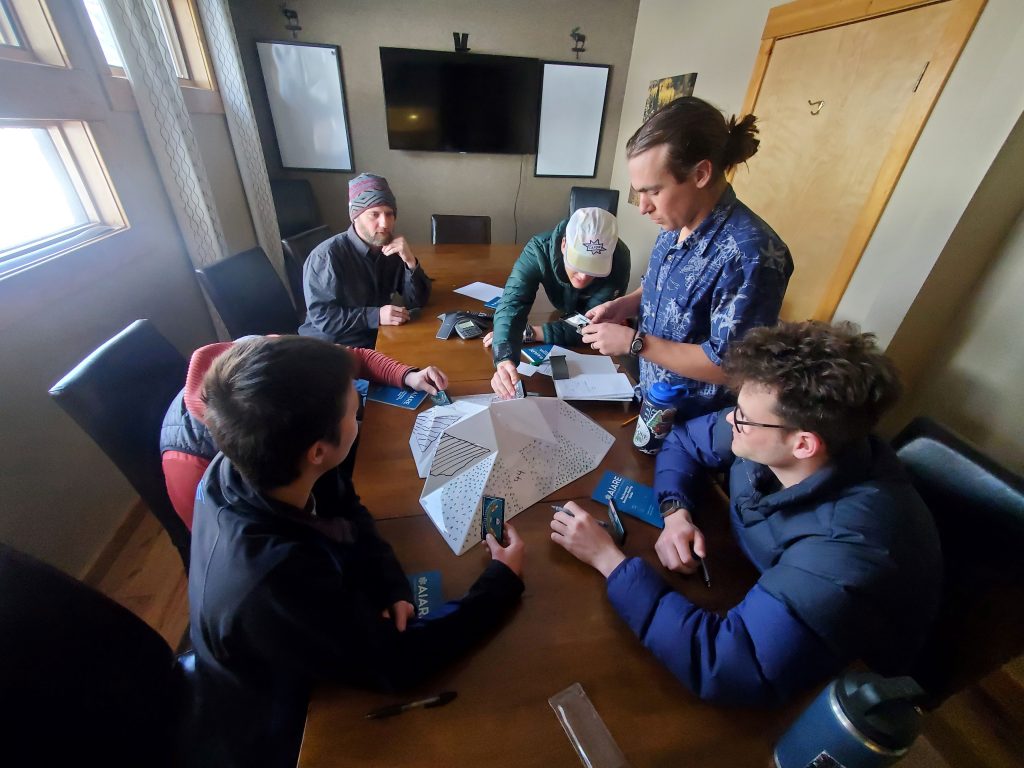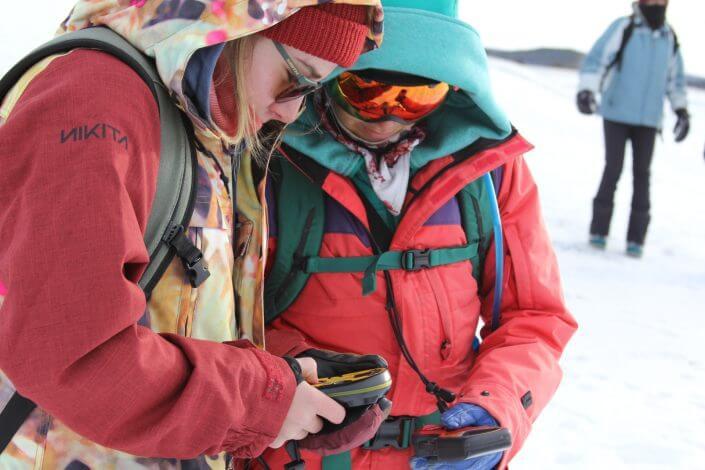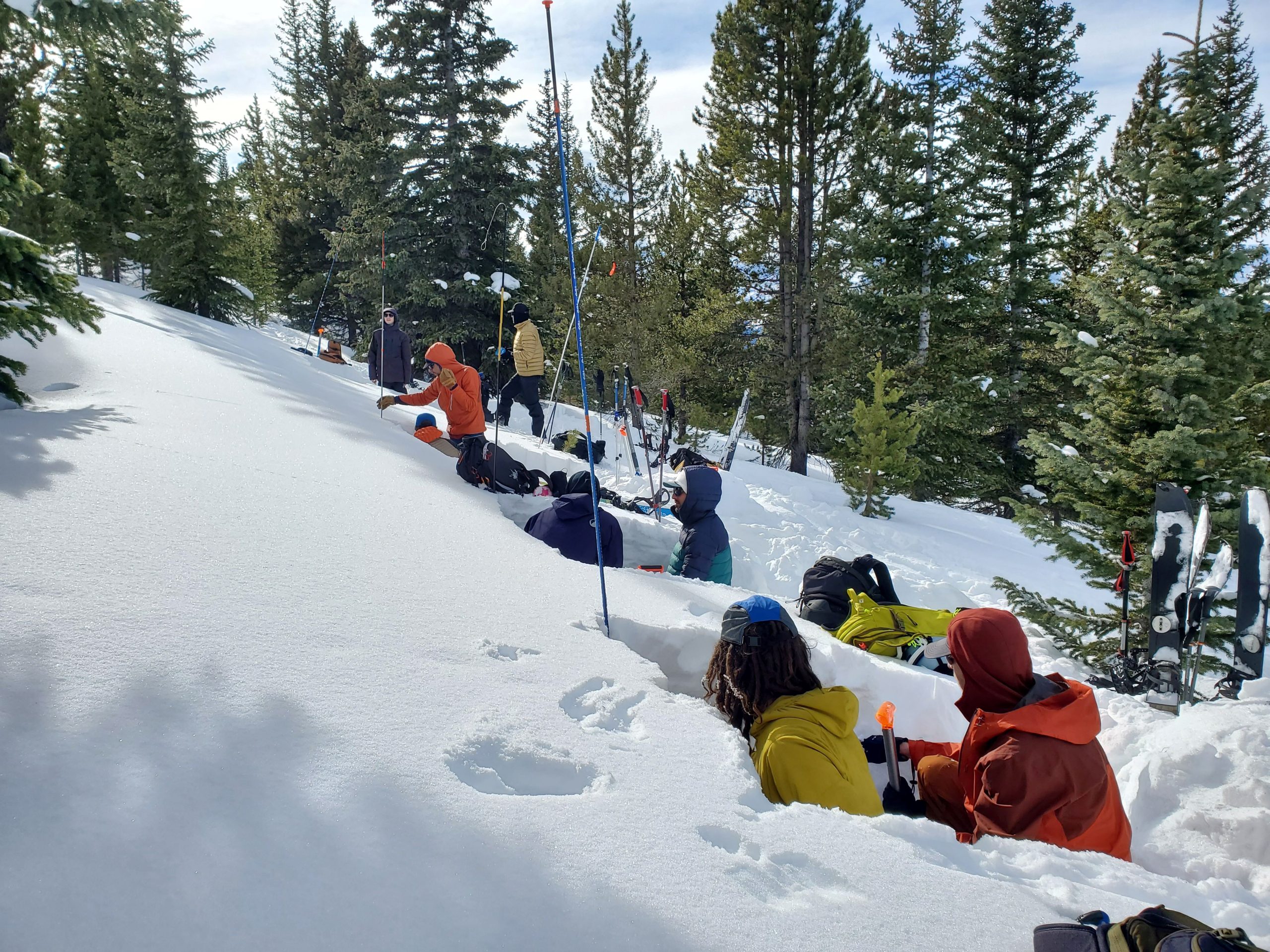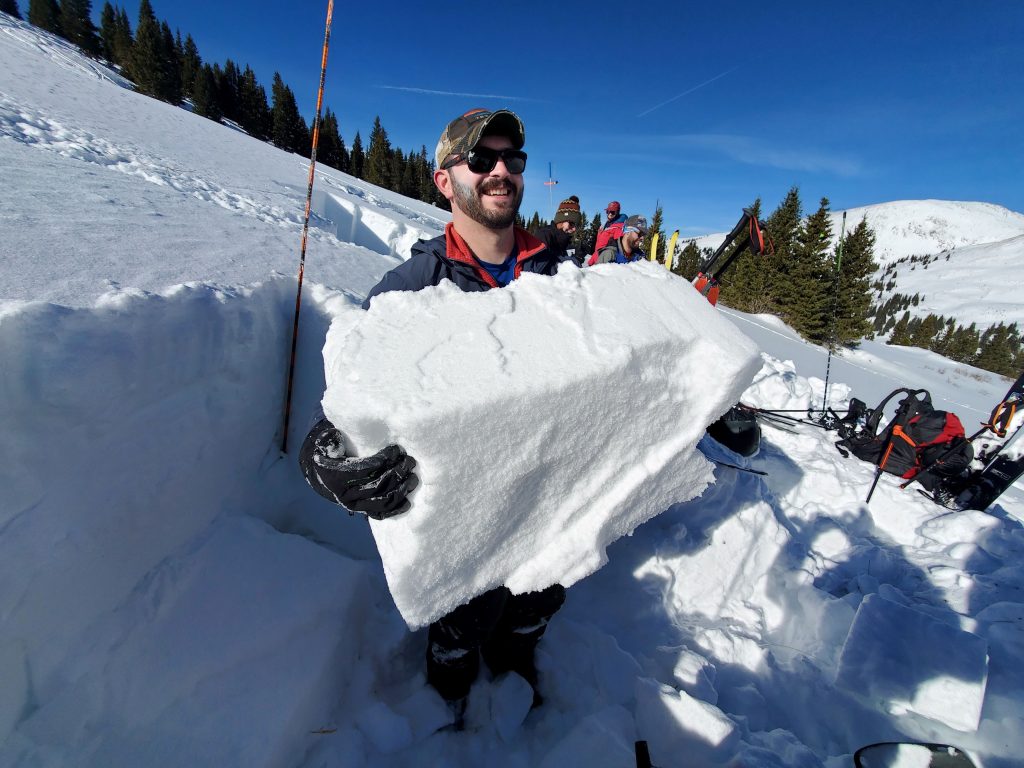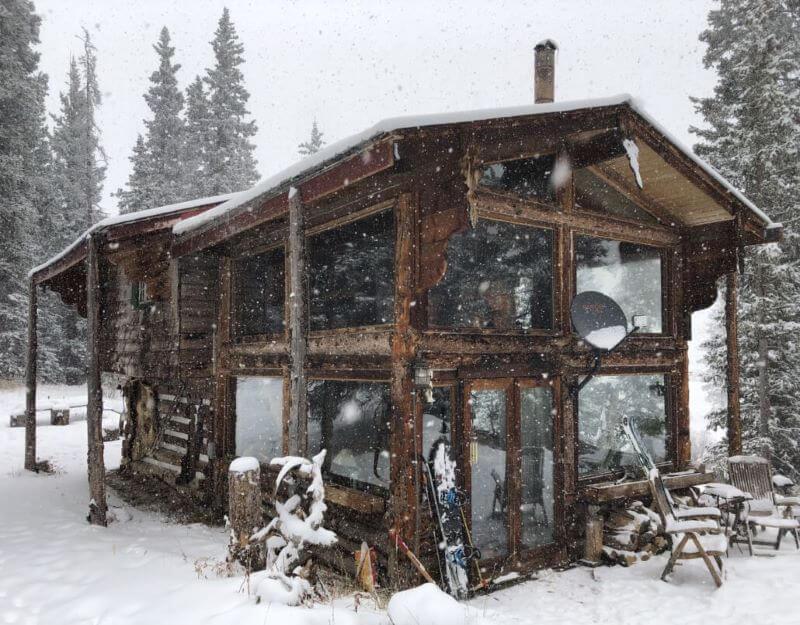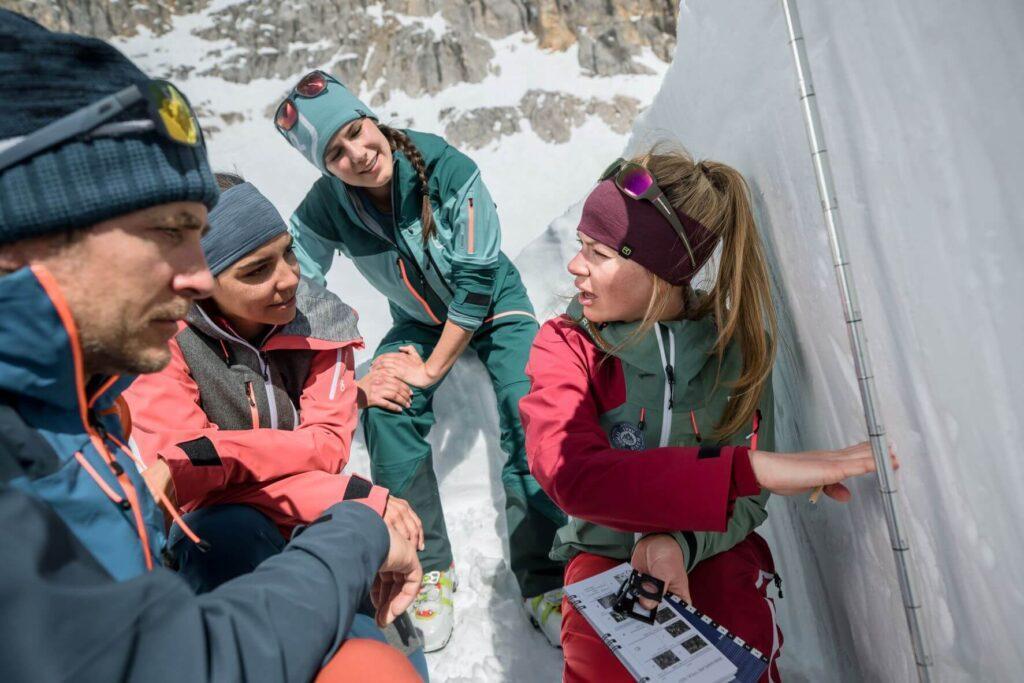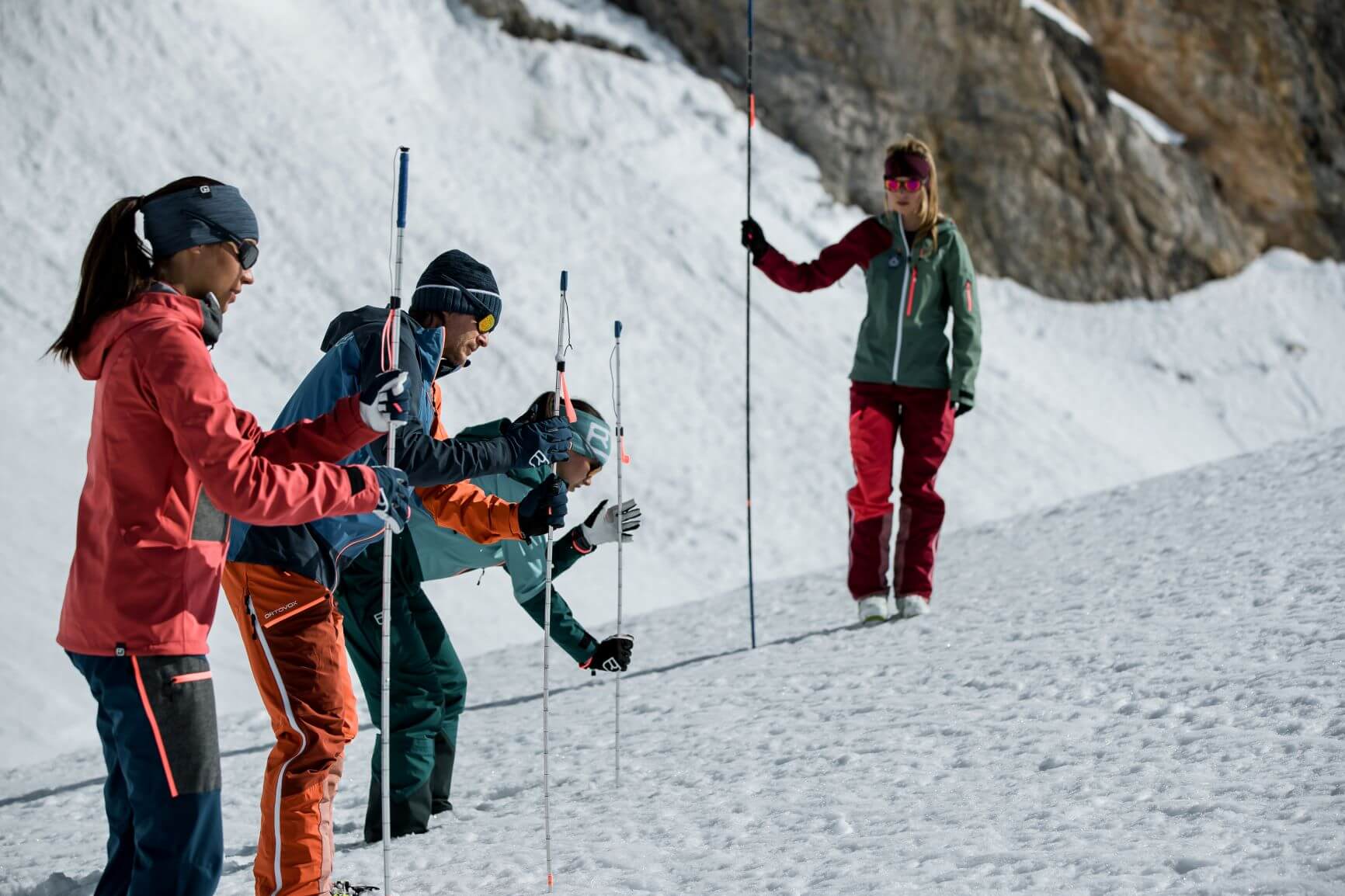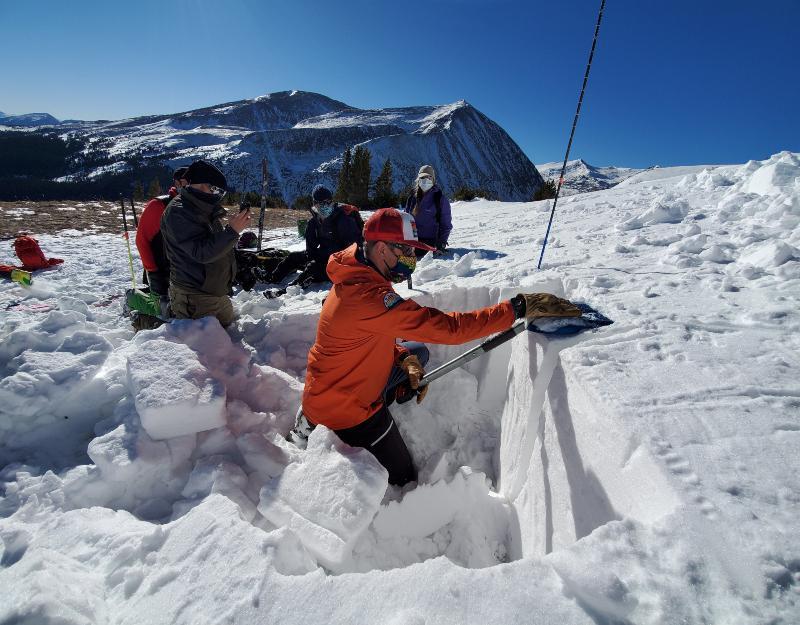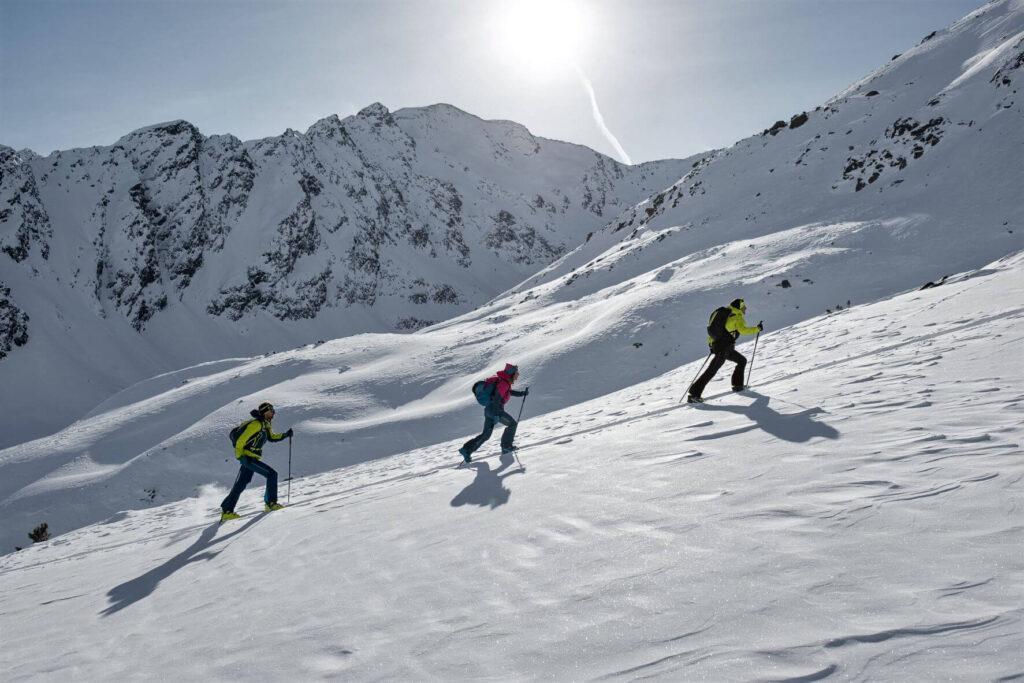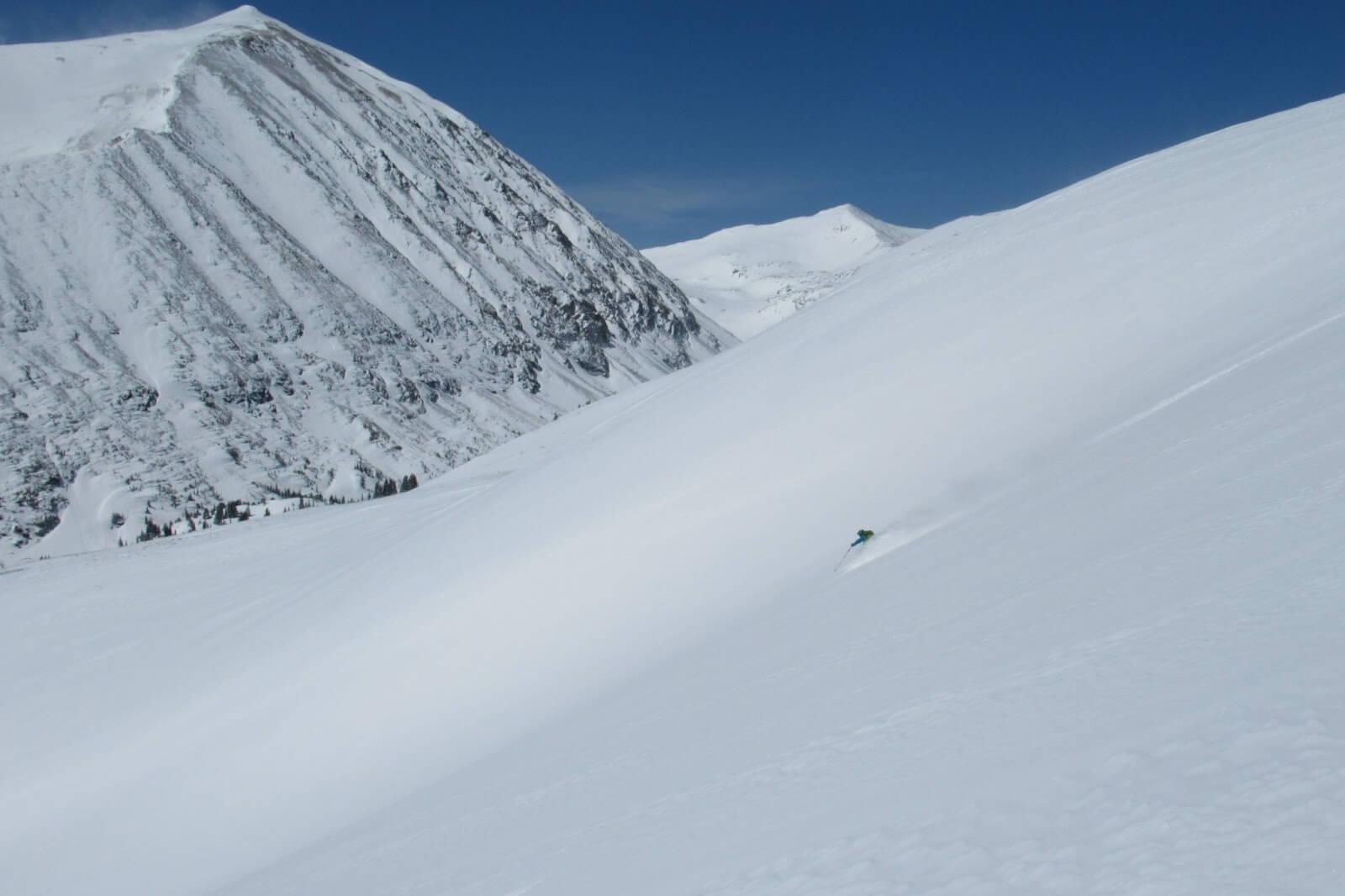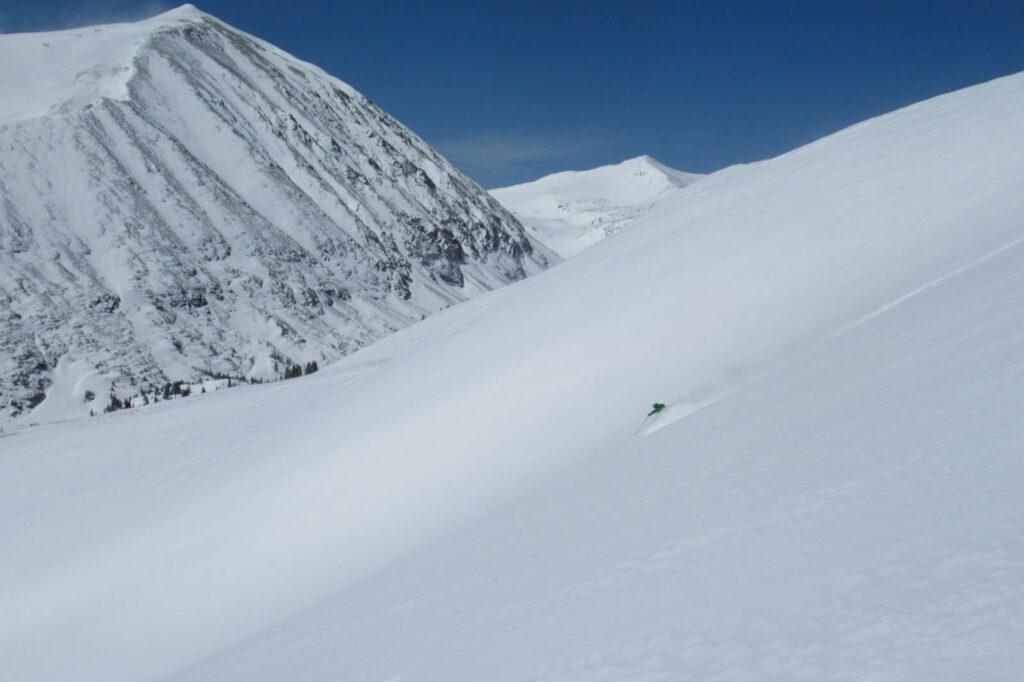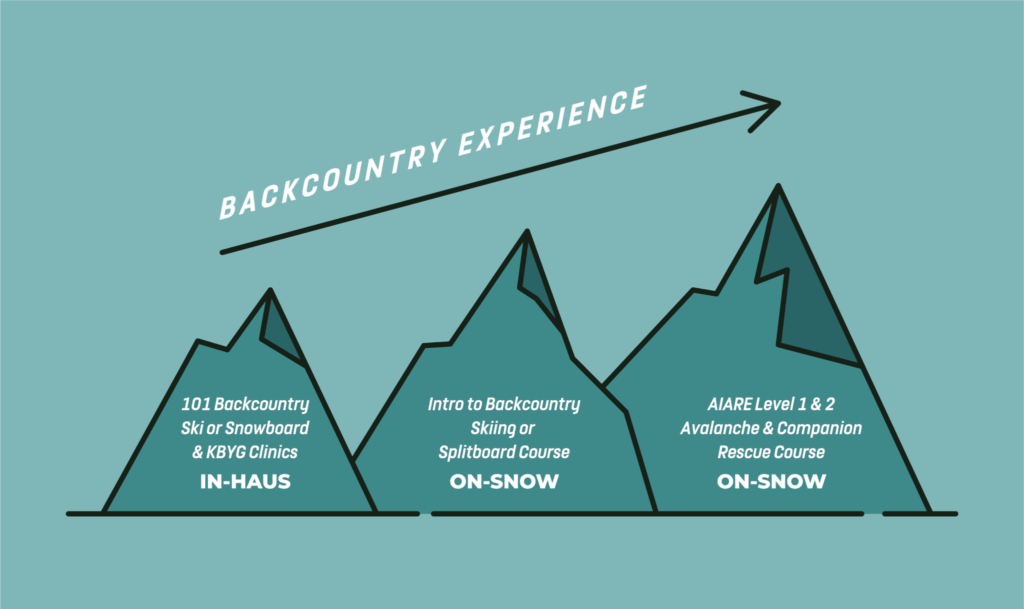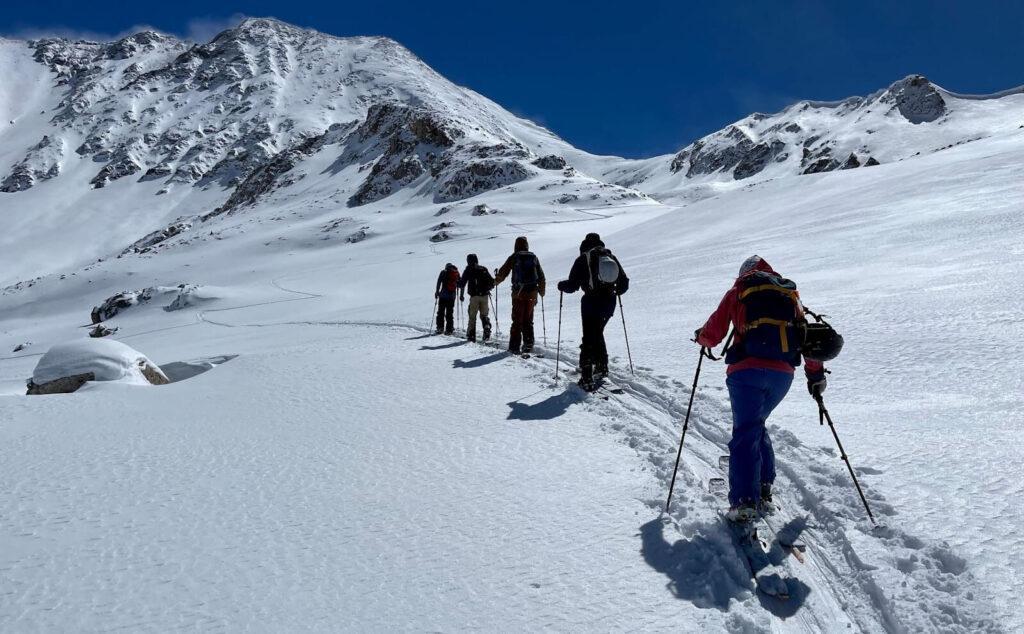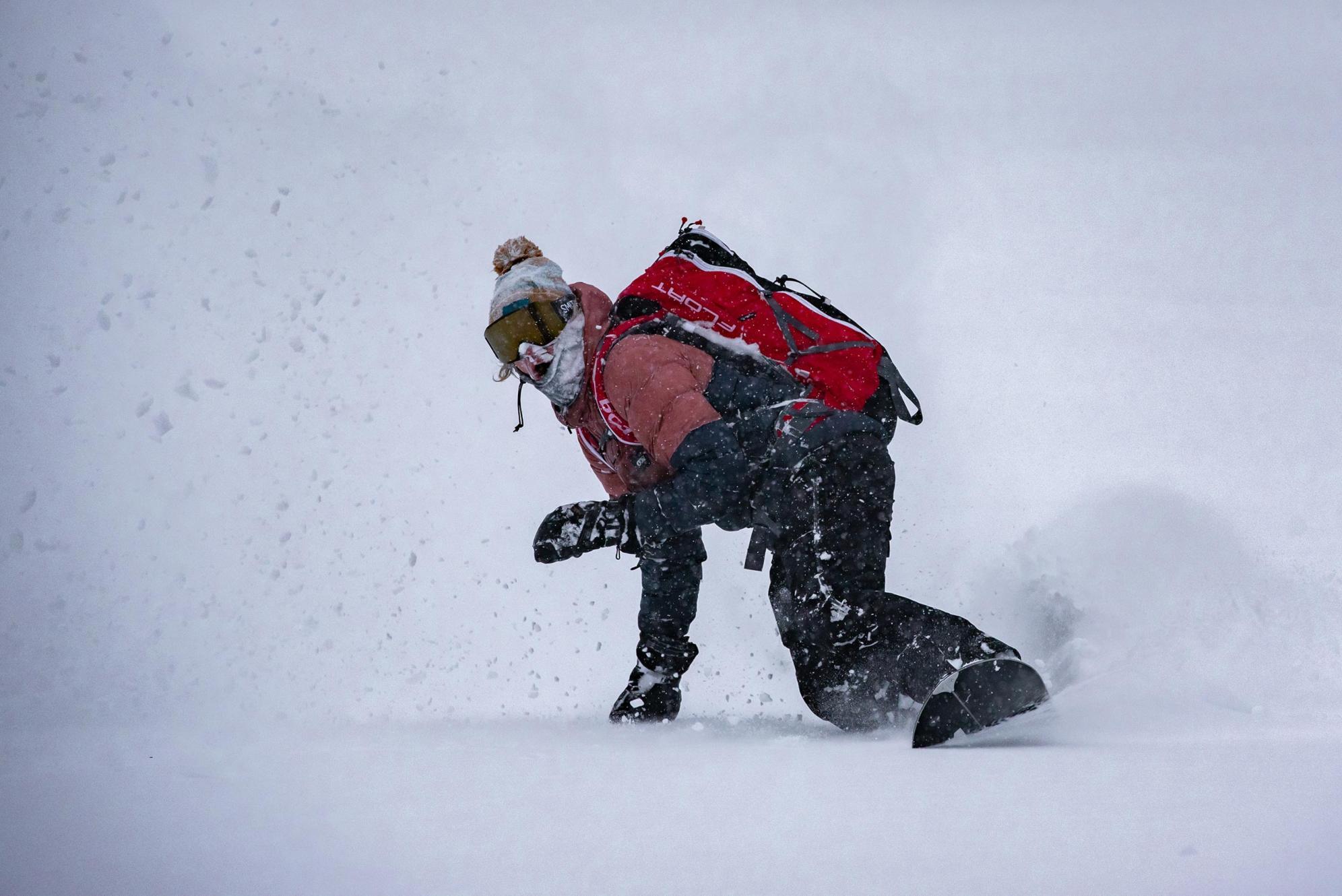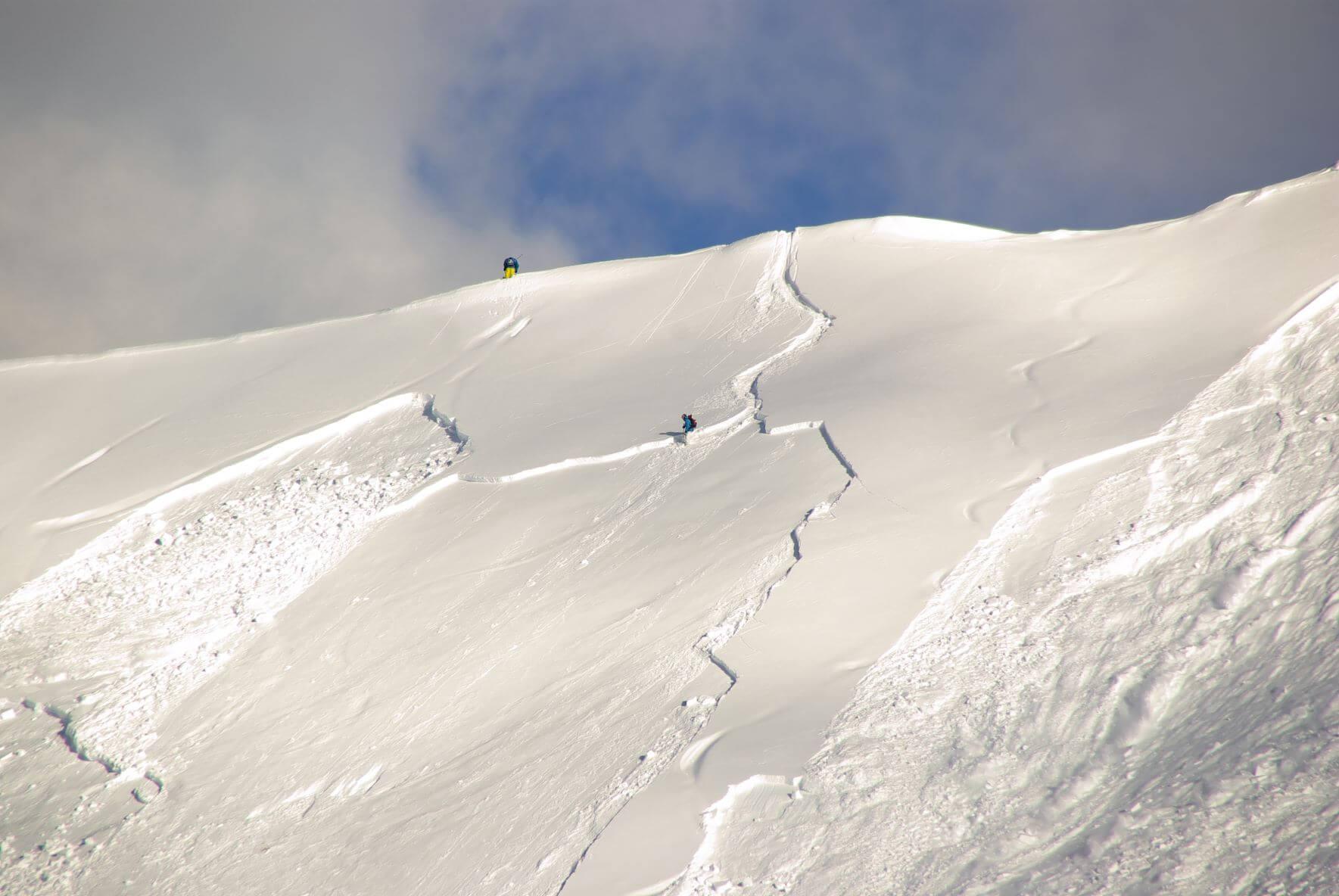Colorado Snowshoeing FAQs
What is appealing about snowshoeing in Colorado?
The combination of beautiful scenery, peace, and solitude with a fitness challenge! Traversing snow-covered trails, exploring untouched landscapes, and immersion in tranquil nature while engaging in a physical activity are enchanting to many people. It is an exhilarating way to escape the hustle and bustle of resorts and to enjoy the majestic serenity of the mountains.
Can anyone snowshoe the first time? Or do you need specific skills??
Snowshoeing is a fantastic activity for everyone, including families with kids and beginners. Beginner-friendly, snowshoeing requires minimal skills or experience, making it highly accessible. Families bond while exploring snowy trails together. The kids will have fun in the snow and adults will enjoy the exercise and opportunity to connect with nature. On the flip-side, if you want more of a challenge, snowshoes can be used to access higher peaks or to approach more technical mountain objectives.
What are the risks associate with snowshoeing?
Don’t be fooled by how easy it is to pick up snowshoeing. Remember that anytime you access snowy, mountainous terrain by any method, you need a solid understanding of the snowpack and the risk for avalanches. Always bring the appropriate gear while enjoying a snowshoe trip, even on lower slopes. We like to check the forecasts at the Colorado Avalanche Information Center before heading out.
What’re the best places to snowshoe near Breckenridge, and why?
The choice of a destination depends on the day and group going out, which dictate the duration and difficulty level of the trip. For shorter, more relaxed tours, choose from great nearby forest trails. Looking for a more challenging and adventurous experience? We can take you on longer trips with a peak ascent for stunning views and a much more rigorous workout. Wherever you go, remember to assess the weather and avalanche conditions, and choose an appropriate difficulty level for your group. Give us a call for some local recommendations or if you need help understanding the weather conditions.
Where can I rent snowshoeing equipment in Colorado?
Adventure enthusiasts can find snowshoe equipment rentals and guided expeditions with Colorado Adventure Guides, stationed in Silverthorne, Colorado. Our headquarters are conveniently located about 1.25 hours away from Denver, a mere 20-minute drive from Breckenridge, and only half an hour from Vail.
Visit our Backcountry Demo Center . We’ll get you set up with snowshoes, boots, poles and even a backpack for your lunch, water bottle, and extra layers. If you’re going somewhere more technical, we have avalanche safety equipment and the latest avalanche weather forecasts, too. Be safe out there!
Are there different kinds of snowshoes?
Certain features optimize performance and comfort during snowshoeing, namely, their size, length, binding size, and materials. The correct size of the snowshoes depends on the wearer’s weight, with larger ones appropriate for greater weights. Snowshoe length should match the intended terrain and activity, with shorter shoes being more maneuverable and longer ones offering better flotation in deep snow. Smaller snowshoes offer increased maneuverability and agility, making them suitable for steep or icy slopes. Choose bindings that are compatible with your footwear size and provide secure and adjustable fastening. Finally, the materials used in construction, such as aluminum or composite, can impact the snowshoe’s durability and weight.
Are different types of snowshoe bindings?
Bindings for snowshoes do vary! Different types of bindings are available, including strap, ratchet, and boa bindings. Each has advantages and disadvantages – ease of use, adjustability, and stability. Choose bindings that are comfortable, provide a secure fit, and are compatible with your boots. In the end personal preference and the intended snowshoe use guide the selection of bindings.
What boots are best for snowshoeing?
Wear sturdy and waterproof boots with higher ankles to help protect against moisture and potential ankle injuries. Consider snow gaiters to help keep snow out of your boots and pants. These protective coverings are worn over your boots and lower legs and extend up the calf to the knee. Typically made of waterproof or water-resistant materials, gaiters are secured by adjustable straps or closures. Especially useful in very deep or wet snow, they create a barrier that prevents snow, moisture, and debris from entering your boots and keep your feet and lower legs dry and warm.
Do I need to be in good shape to go snowshoeing?
Snowshoeing can be enjoyed by people of various fitness levels, as it can be as easy or as challenging as you make it. It’s a low-impact activity that provides a good cardiovascular workout and strengthens muscles, particularly in the lower body.
For beginners or those who are less physically active, it’s advisable to start with shorter and easier trails to build up endurance and confidence. As you become more accustomed to snowshoeing, you can gradually increase the difficulty and duration of your outings.
That said, if you have any concerns about your fitness level or any underlying health conditions, it’s always a good idea to consult with a healthcare professional before starting any new physical activity. Additionally, being properly prepared with appropriate clothing, gear, and hydration can contribute to a more enjoyable experience regardless of fitness level.
What other equipment is necessary to have fun while snowshoeing?
You want to be warm and comfortable, but not get sweaty, so be sure to wear appropriate yet flexible gear. You need gloves, warm socks, a hat or beanie, a base layer, an insulating layer, and a waterproof layer. Wear waterproof and sturdy footwear, and protect your eyes in sunny, high altitude Colorado with good sunglasses or goggles. Bring sunscreen. Snacks will give you consistent energy, and water is most important to stay hydrated (especially at high altitude.) Depending on how long or far you will be going, consider a small first aid kit, repair kit, satellite phone, and a headlamp.
Snowshoe trekking poles, similar to poles used in hiking, provide additional stability, balance, and support on uneven and slippery terrain. Snowshoe poles help reduce leg strain and provide leverage when traversing uphill or downhill. Adjustable in length, they typically feature a wider basket at the bottom to prevent the poles from sinking too deep into the snow. Using snowshoe trekking poles can greatly enhance your experience, especially in more challenging conditions.
What is the minimum age for snowshoeing?
Snowshoeing doesn’t have a rigid age limit; it relies heavily on a person’s physical capabilities and the judgment of their parents or guardians. Generally, kids aged 4 or 5 can start snowshoeing if they have the right gear and supervision. Making sure children are adequately attired for the climate and have perfectly fitting snowshoes is crucial for their safety and enjoyment. Furthermore, when participating in outdoor pursuits such as snowshoeing, minors should always be in the company of adults or seasoned individuals.
How much does it cost to go snowshoeing in Colorado?
Guided snowshoeing excursions with Colorado Adventure Guides start at $100 per individual. The cost covers both the guide service and the rental of snowshoes.
*All prices are per person and include snowshoe rentals
1 person : HD $300 : FD $385
2 people : HD $170 : FD $215
3 people : HD $145 : FD $170
4 people : HD $115 : FD $145
5 people: HD $105 : FD $125
6 people: HD $100 : FD $110
*For larger groups please inquire! [email protected]
Looking to rent your own equipment and embark on your own adventure? Snowshoe rentals start at $25 per day. Visit our backcountry demo center for more information.

